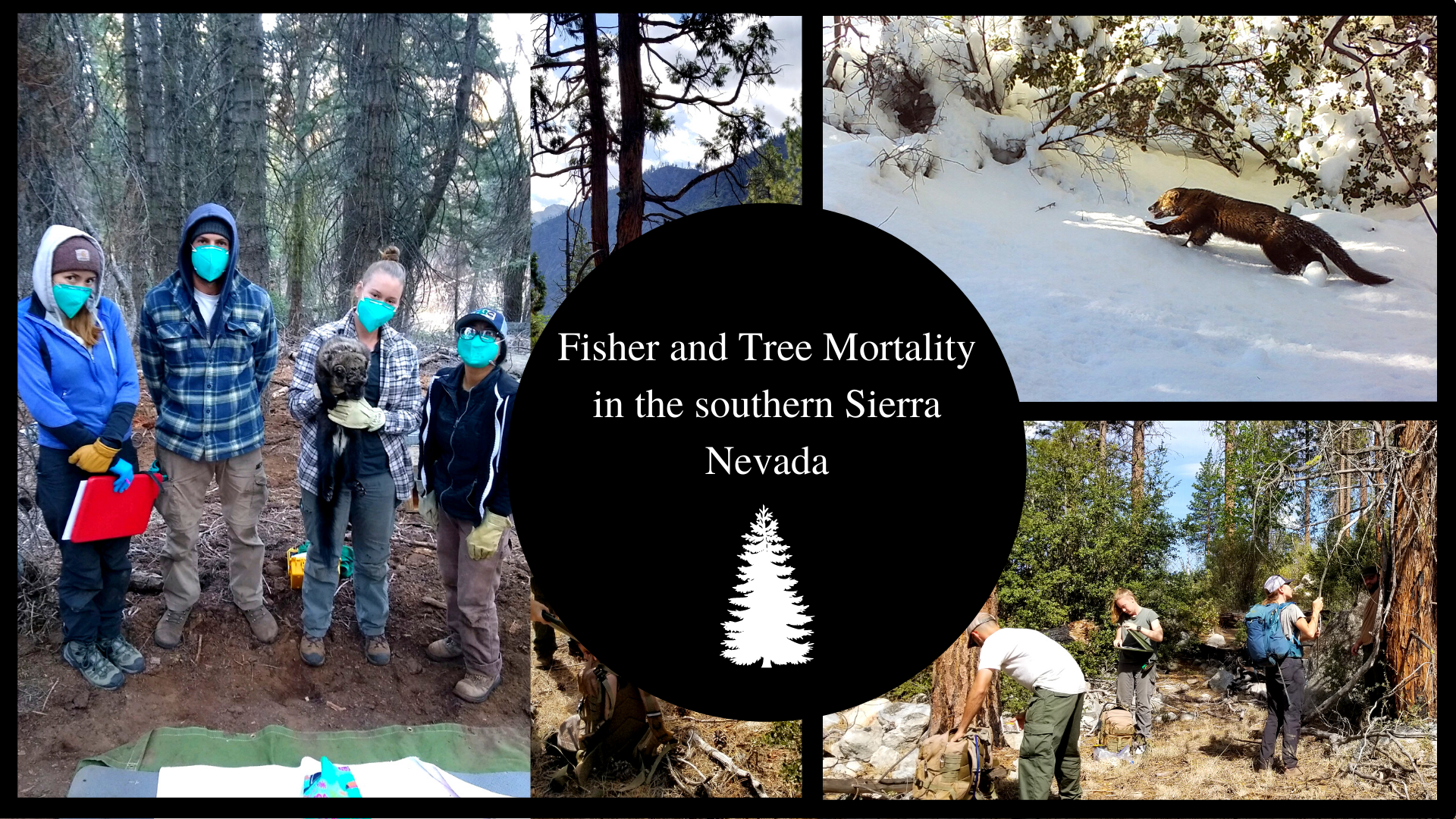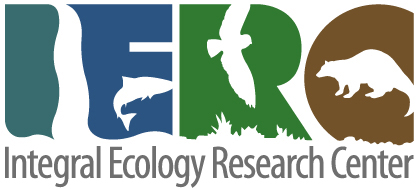
The isolated southern Sierra Nevada fisher (Pekania pennanti) population is considered an ecologically significant segment which was listed as federally endangered in 2020. The combination of changing forest conditions and associated forest management activities is of particular concern for species like the fisher that rely on extensive tree cover. Severe drought conditions over the last decade have led to extensive outbreaks of bark beetles, causing significant tree mortality throughout the southern Sierra Nevada. Additionally, rising summer temperatures combined with decades of fire suppression have resulted in a landscape at high risk for catastrophic wildfires. The goal of this project is to understand fisher occurrence and movement within a landscape altered by tree mortality and fire. To do this, we use camera traps and non-invasive hair snares to document and collect genetic samples from fishers. We are collecting fine scale movement data from GPS collars on fishers in Sequoia National Park, Kings Canyon National Park, Yosemite National Park and Sequoia National Forest. To achieve these goals, IERC is collaborating with the National Park Service and the United States Forest Service.
Objective: IERC scientists will evaluate both the broad and fine scale connectivity of this altered landscape by accessing key patches of habitat (refugia) that can support fishers and the movement capacity of fishers between those patches (linkages). Additionally, we will document and compare fisher use of different forest conditions and their movements in and around recent fire footprints.
